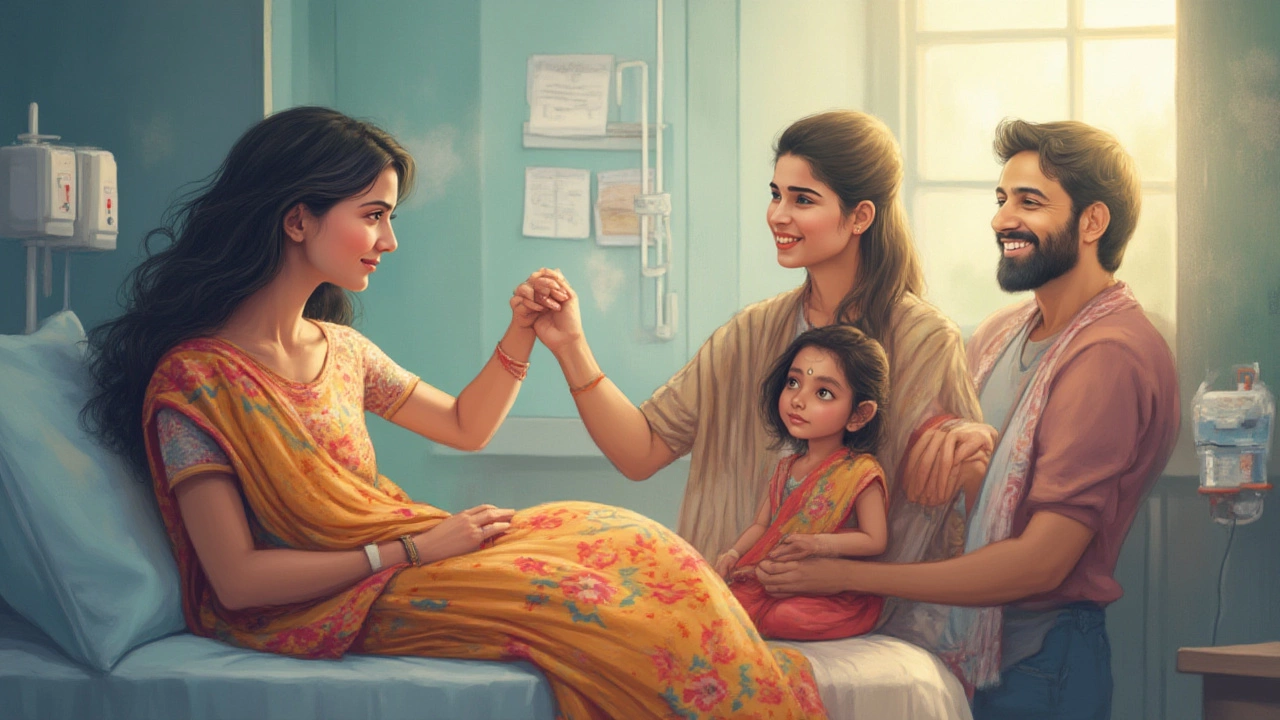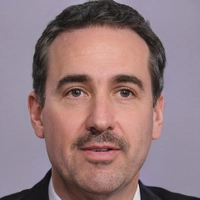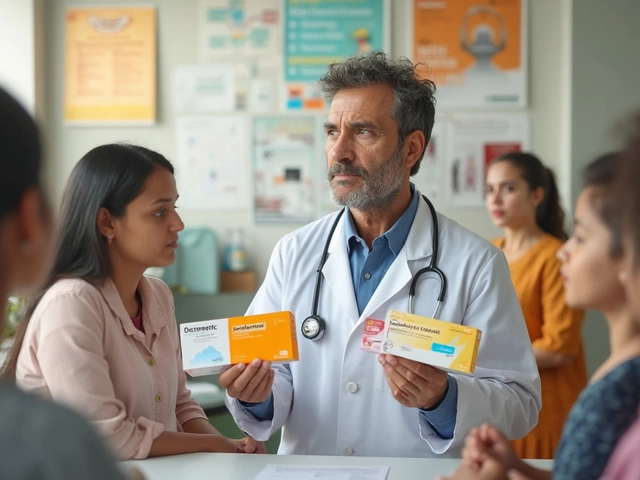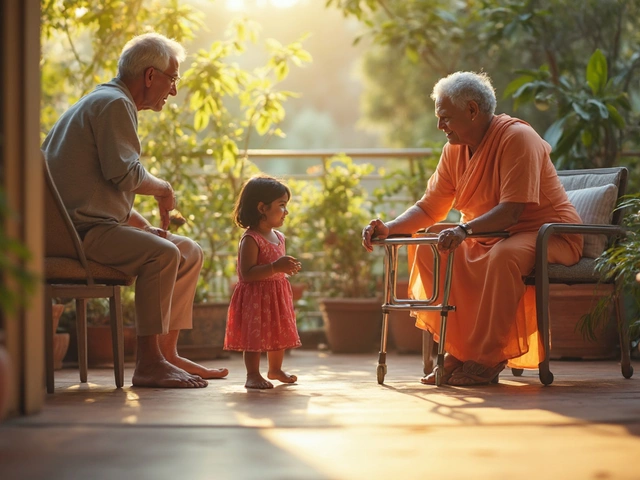Getting told you need chemotherapy will unsettle most people. But when the doctor says “four rounds” of chemo, your brain races. Is that standard? Is it tough? Does it mean your cancer is better or worse than someone who does six or twelve rounds? It’s a question that pops up in cancer wards and WhatsApp family groups. But the truth is, there’s no one-size-fits-all answer. When it’s your body, every detail matters. And you’re not alone—the answer really depends on your type of cancer, your health, and what your doctor is trying to achieve.
What Does “4 Rounds of Chemo” Really Mean?
When doctors talk about chemo, they usually talk in “cycles” or “rounds.” Each round is a chunk of time when you take the drugs, followed by a break to recover. Four rounds, then, simply means you’ll repeat this process four times. But here’s something most people don’t realise: a round isn’t just one dose. Depending on your plan, you might go to the hospital for chemo once, twice, or even more times per round.
Let’s take a practical example. In breast cancer, it’s common to get a drug called doxorubicin with cyclophosphamide. That’s usually given every three weeks, for four cycles. For colon cancer, the “FOLFOX” combo is sometimes given every two weeks, and four to twelve rounds isn’t unusual. So the number of rounds varies widely not just by cancer type but also by how aggressive the doctor wants to be, how your body is holding up, and how the cancer is responding.
So is four a lot? In the world of chemo, four cycles is on the shorter side. Some cancers need only two or three rounds. Others, like testicular cancer, sometimes go for three to four. Leukemia and lymphomas can go up to eight or even more. And the total amount of chemo you actually receive depends on the doses in each round—which can be adjusted if your side effects get too nasty.
One thing that’s reassuring: if your doctor recommends four rounds, it’s because research says that brings the best balance between killing cancer cells and keeping your body strong enough to recover. For instance, a global study on early-stage breast cancer showed that giving four cycles of “AC” chemo gave almost the same survival rates as giving six—without the extra toxicity. Less isn’t always worse.
People often ask if more chemo is always better. That’s not always true. In fact, more rounds sometimes increase the risk of things like nerve damage or lowered immunity without improving survival. Your doctor does some complicated math behind the scenes to hit the sweet spot.
The break between rounds is designed for your body to bounce back. Blood counts drop after a round, and they need a couple of weeks to return to normal. Pushing through more rounds without enough rest isn’t safer—it’s risky.
When you hear about celebrities or relatives abroad who “only did four cycles and did fine” or “needed eight and still struggled”—remember that their cancers, their biology, and their doctors’ plans might be entirely different. Don’t compare blindly. Ask your oncologist why four is the right number for you. It’s not a one-upmanship game. The logic is scientific, not emotional.
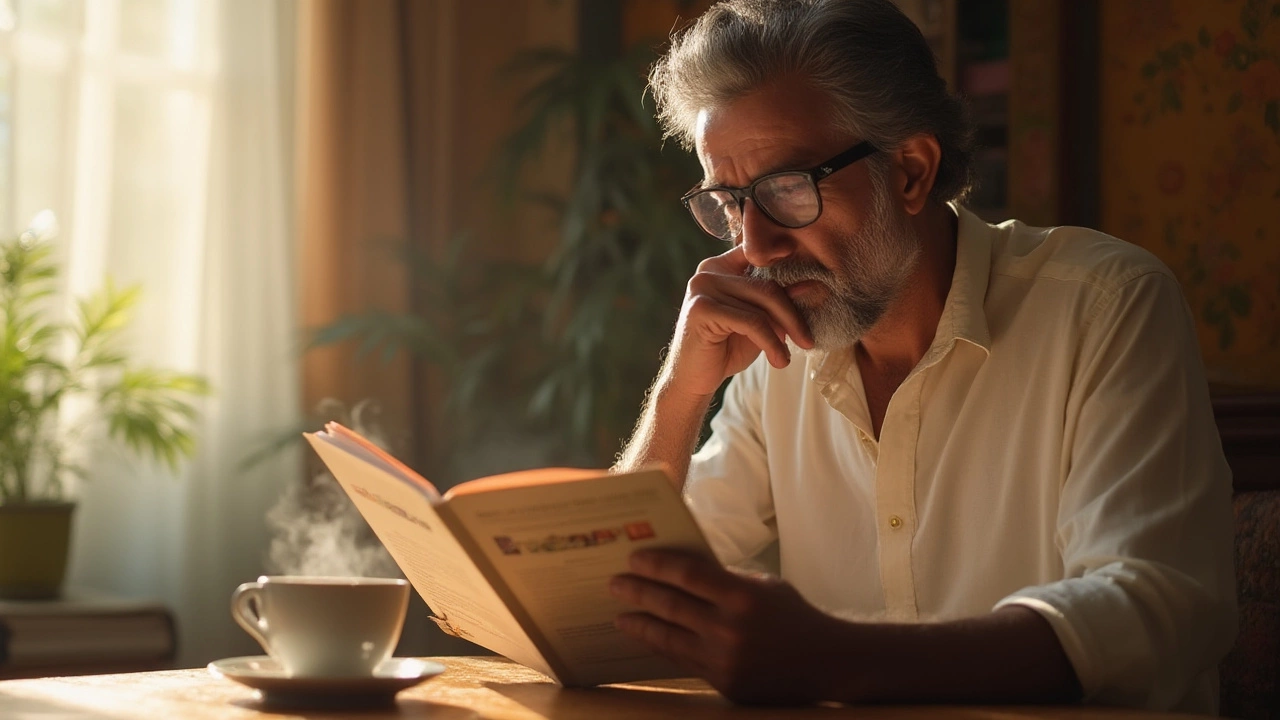
Dealing with Side Effects and Expectations
Chemotherapy side effects are legendary, so it’s normal to worry about what four rounds will do. Will your hair fall out? Will you be too sick to walk? Is there something you can do to make it easier? There’s good news and bad news. Most people tolerate four rounds surprisingly well, especially today, with all the anti-nausea drugs and boosters for your immune system.
Here’s what typically happens. The first round is often the hardest because you simply don’t know what to expect. Many people feel fine the day of the infusion; side effects creep in two or three days later. These can include tiredness, a metallic taste, nausea, maybe a feverish feeling. Some folks breeze through, running after toddlers or working from home between infusions. Others need to take it easy.
Hair loss is mostly dose-dependent. The infamous “AC” or “taxane” chemo for breast cancer almost always causes baldness, usually two or three weeks into treatment. Meanwhile, some colon and lung cancer regimens allow you to keep most of your hair. Ask your team if you’re at risk—they’ll know.
The body’s blood counts—especially white cells—take a hit from almost all chemo. After each round, you’ll get a blood test before the next one, to make sure your immune system is bouncing back. If it’s borderline, doctors might delay or lower the next dose. That’s normal. It’s about safety, not “failing” chemo.
You won’t know for sure how you’ll feel until you go through a round. But most people on four-cycle regimens find the first round the hardest, then fall into a rhythm. Plan your life with a bit more rest, but don’t isolate yourself. Even a slow 10-minute walk or some deep breathing helps recover energy. Hydration is your best friend—chemo or no chemo, water flushes out toxins and keeps your kidneys humming along.
If you want to prepare, here are a few tips:
- Stock up on bland, comfort foods before treatment starts, like curd rice, khichdi, and bananas. Chemo can change your taste buds—nothing tastes “right” for a few days.
- Keep mouthwash handy for mouth sores (the fancy medical term is “mucositis”). Doctors sometimes prescribe medicated rinses for mouth ulcers if you’re at risk.
- Ask your oncologist about nail changes—some chemo drugs make nails brittle or dark. Light gloves during treatment and moisturizer help.
- Use a soft toothbrush to avoid hurting sensitive gums.
- If you have kids at home, try getting extra support on infusion days—fatigue and mood swings are real.
- Don’t panic about mild fevers or diarrhea, but call your doctor quickly if you get a persistent fever over 38°C or feel faint.
- Pro tip: Chemo brain is a thing. Write down your questions and reminders—you might forget simple things during treatment.
And don’t believe the myth that you need to eat “extra healthy” or swallow mountains of supplements. Eat what you can, when you can. If your doctor thinks you need protein shakes or vitamins, they’ll let you know.
Some side effects, like nerve tingling or hearing changes, pop up only after several rounds. With just four rounds, risk is a lot lower than with eight or twelve, but it can happen. If you notice anything odd—numbness, ringing in the ears—don’t brush it off as “normal.”
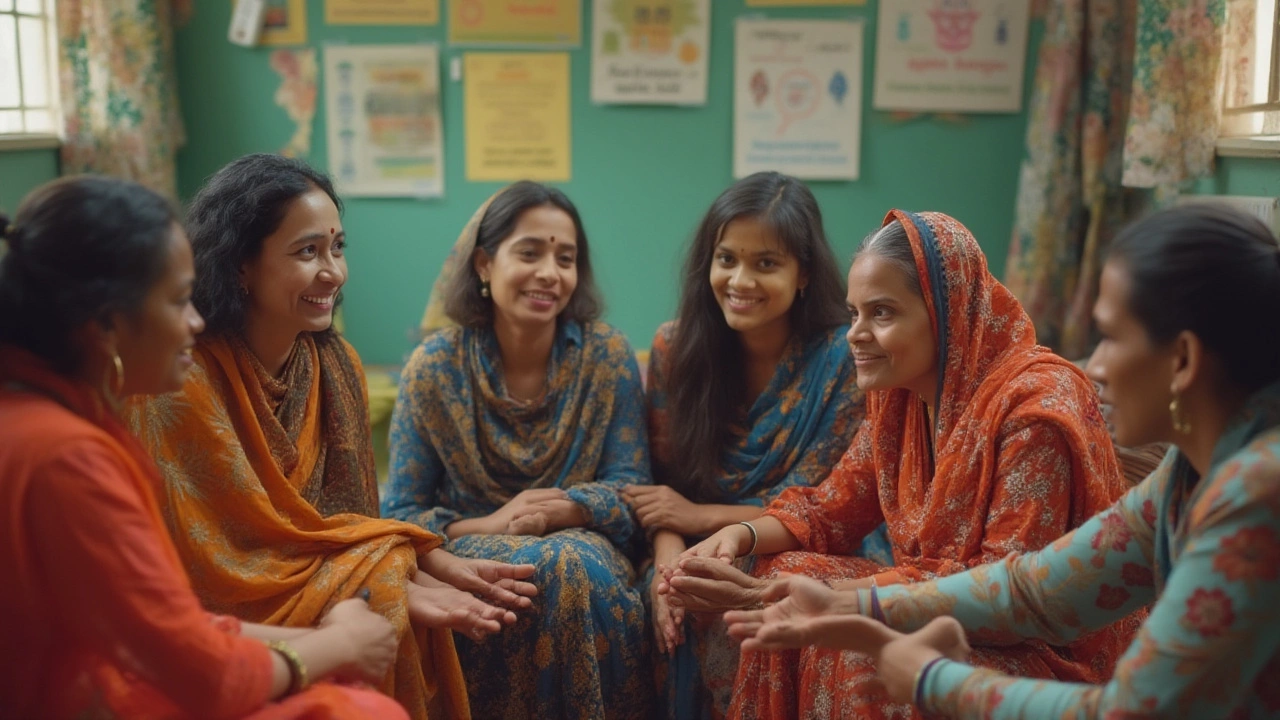
What Four Rounds Mean for Survival, Cure, and Life After Chemo
This is the bit everyone secretly wants to know: if you’re “only” doing four rounds, does it mean your cancer was caught early? Or is the doctor going easy on you for some other reason? Can four rounds cure cancer?
The short answer: It’s not about being “less serious.” Four rounds is plenty for many early-stage cancers, where surgery cut out the main tumor and chemo acts as “insurance” to make sure stray cells don’t come back. For example, in early breast cancer, research led by the National Institutes of Health proved that women who got four cycles of AC chemo had the same outcomes as women who got six, even decades later.
In other cases, such as testicular or lymphoma cancers, four cycles with the right combination (like BEP for testicular) can cure most patients. For colon, four to six rounds is often enough if you caught the disease before it had a chance to travel far. In these cases, “less is more” isn’t just a slogan—it’s an evidence-backed protocol.
For advanced cancers, sometimes four cycles is what your body can handle safely before things get too rough. You might need breaks or switch to other drugs, depending on how you respond. This doesn’t mean doctors are giving up. It means they’re balancing attack and protection, adjusting the battle plan based on your body’s signals.
One thing people forget: chemo doesn’t keep working after it stops. Those four rounds destroy fast-growing cancer cells, but so does your immune system—and that keeps working even after your last infusion. Plus, there are always targeted pills or newer treatments the doctor can try if your scans show you need more help. Don’t see four rounds as the end of the road.
Will your life bounce back to “normal” when chemo ends? It’ll take time, but yes—most people get their energy back within a month. Hair starts growing again in three or four weeks, taste returns slowly, and mood brightens when the daily stress lifts. The biggest mental shift is knowing you got through something hard with your mind and body still intact. That resilience sticks with you, even if you didn’t ask for it in the first place.
Future follow-ups matter. Blood tests, scans, and check-ups keep an eye out for any sign of cancer coming back. Stay honest with your doctor—don’t hide symptoms out of fear. The earlier you speak up, the better the outcome if anything does pop up again.
Support systems help. Whether it’s family, friends, a support group at a hospital, or just a fellow patient you met while waiting for chemo, talking about your journey makes it easier. You’ll find that sharing tips, jokes, and even complaints takes some of the sting out of the chemo experience.
If you want to help someone else, the best thing you can do after finishing four rounds is tell your story. People love hearing from someone who’s been through the trenches and came out on the other side. Your tips, your honesty, and your strength do more good than any motivational poster.
To wrap up: “Is four rounds of chemo a lot?” It’s enough. It’s as much as you need for your specific situation. The science backs it up—and so do millions of survivors. Listen to your team, trust the plan, and remember: when it comes to cancer, you don’t have to go through it alone.
